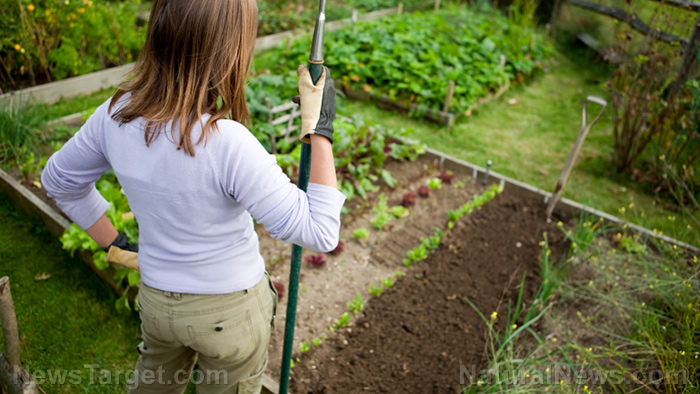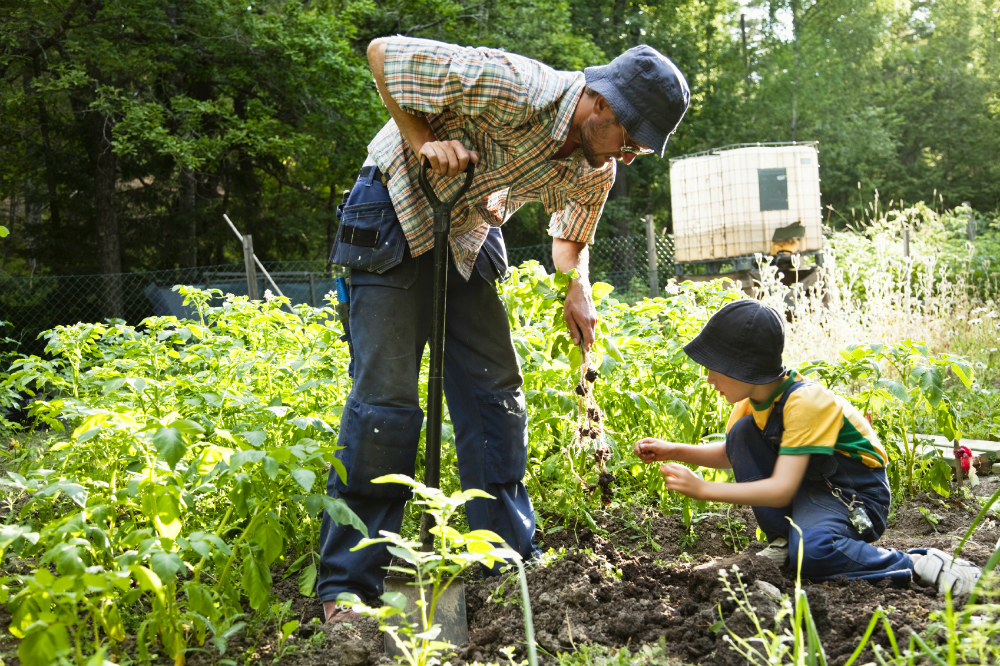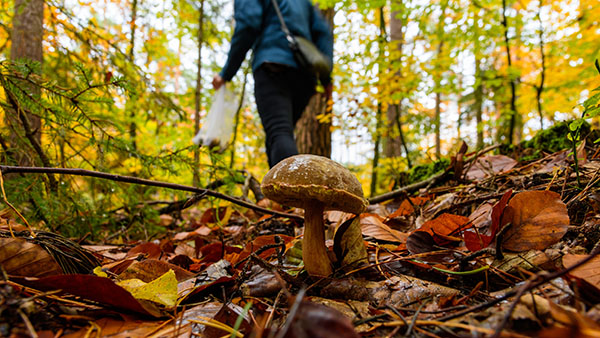
Start your journey to self-sufficiency with this guide to growing your own food that can feed your family for a year. (h/t to NewLifeOnAHomestead.com)
Planning for your garden
Starting a garden costs time and money, but with proper planning, you can minimize these challenges and make the most of your resources. Consider the following:
1. How much land do you have?
Your garden space limits the number of plants that you can grow. According to gardening guru John Jeavons, one person needs about 4,000 square feet to meet his/her yearly needs. Now, most people do not have that amount of space. Fortunately, there are various methods that can help gardeners make use of their limited land.
- Vertical gardening -- This is planting vegetables, herbs, and even root crops in a vertical space. You can use an empty wall in your garden and set up containers for planting.
- Succession planting -- This refers to gardening techniques that you can use to maximize your yield. It also ensures continuous access to fresh produce.
- Companion planting -- It is a mix-and-match method that partners two or more crops together. Interplanting certain crops will help their growth and ensure that you have a better harvest.
- Staggered planting -- This method maximizes the yield of your garden by planting the same crops at different intervals. That means that when one set of crops is ready for harvesting, there is another batch on the way.
- Harvest and sow -- It is the practice of planting different crops in the same space. Once one type of crop is harvested, you replace it with another kind.
- Same crop with different maturity dates -- This is planting different varieties of the same crop. Each variety will have its own maturity date, so you can harvest the crop in sets.
2. What does your family like to eat?
It is best to plant the fruits and vegetables that your family likes to eat. Check your pantry or past dinners, and take note of the ones that your family members like the most.
You also need to consider age. Younger members of the family may eat less produce than the older ones. Most sources recommend servings for adults, not children, so adjust accordingly.
3. What can you plant in your area?
Each location has specific weather conditions that will affect your garden. It is best to plant native varieties as they are already used to the local weather conditions. There are also some crops which can grow in any kind of soil and weather. Make sure to do your homework and ask fellow gardeners what grows best in your area.
How much you should plant
Figuring out how much you should plant can be tricky. You can end up with too much produce that might only spoil or none at all, if weather conditions take a turn for the worse. Here are some tips to determine how much to plant:
1. Analyze your grocery bills
Grocery bills are a fantastic way to check how much your family consumes in a week. For example, if you see that you buy 5 oz. of tomatoes per week, you know that you have to plant tomatoes that will yield that same amount. You can also take note of which fruits, vegetables, and other foods your family consumes the most.
2. Check planting charts
Multiple sources online provide planting charts that show a list of plants and recommended amounts per person. Here is a shortlist for some of the most versatile crops:
- Potatoes (summer) -- 15-20 plants per person
- Corn (summer) -- 15-25 plants per person
- Carrots (spring and fall) -- 20-30 plants per person
- Greens or lettuce (spring and fall) -- 5-6 plants per person
- Spinach (spring and fall) -- 15 plants per person
In the event that you harvested more than your family's needs, you may preserve your surplus for winter or even sell them.
A self-sufficient lifestyle may be challenging, but it is also highly rewarding. Learn more tips for growing your own food at Homesteading.news.
Sources include:
Please contact us for more information.























